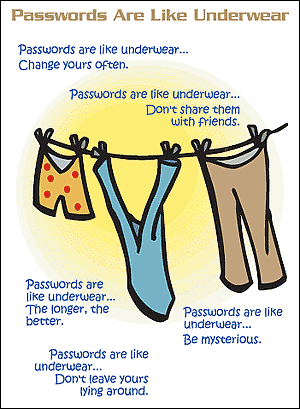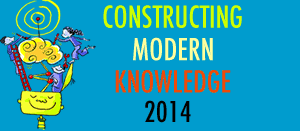Survey reveals disconnect in online safety education (eSchool News)
- 81% of school administrators, including principals and superintendents, said they believe their districts are adequately preparing students in online safety, security, and ethics
- 51% of teachers agree
- 33% of teachers said they believe their school or district requires a cyber safety curriculum be taught in the classroom setting
- 68% administrators said they believe the same thing
Ooops…
I think what this shows is that the devil is in the details. Blanket policies about teaching online safety, security, and ethics get lost by the time these policies get to the classroom level. Now stir in the fact that 36% of teachers in this survey say they have received zero hours of district-provided training in cyber security, cyber safety, and cyber ethics with an additional 40% receiving between one and three hours of training in their school districts. Add a dollop of confusion about laws, policies, and the ethics of situations that didn’t even exist a year or two ago. Sift in parents who believe all sorts of different things about what school should allow kids to do online, and bake in an oven of stress about standardized testing in core subjects with no time for “extras” like citizenship, digital or others.
In fact, last year, Julie Evans of Project Speak Up said that students reported to her that teachers who get training in Internet safety restrict Internet access even more out of fear and confusion.
This is a recipe for confusion and confusion leads to paralysis.
I think the answer is evolving towards shared decision-making at all levels (including students), accepting that this is a rapidly changing situation and can’t be “finished”, and moving towards including these lessons into larger programs that address ethics, safety, civics, and community norms of behavior. The more we ghettoize ”cyber” safety and ethics, the more likely it is to be misunderstood and dropped for lack of time.
Sylvia
 Marian Merritt, the author of the Ask Marian blog and the Norton Internet Safety Advocate for Symantec Corporation
Marian Merritt, the author of the Ask Marian blog and the Norton Internet Safety Advocate for Symantec Corporation 